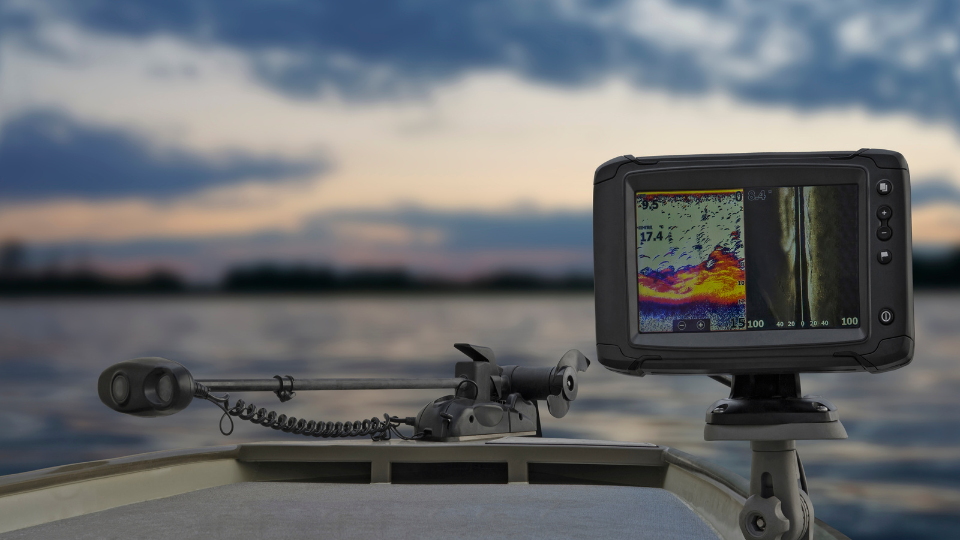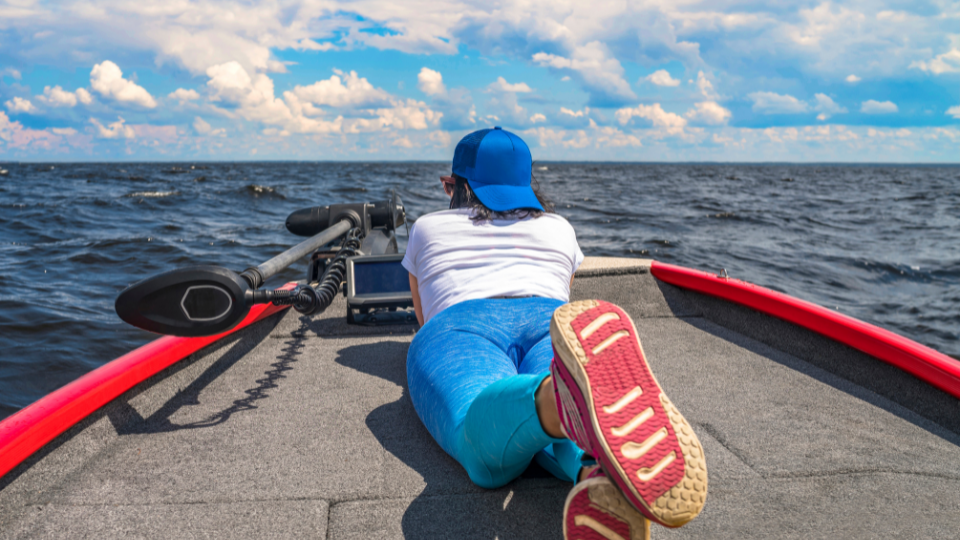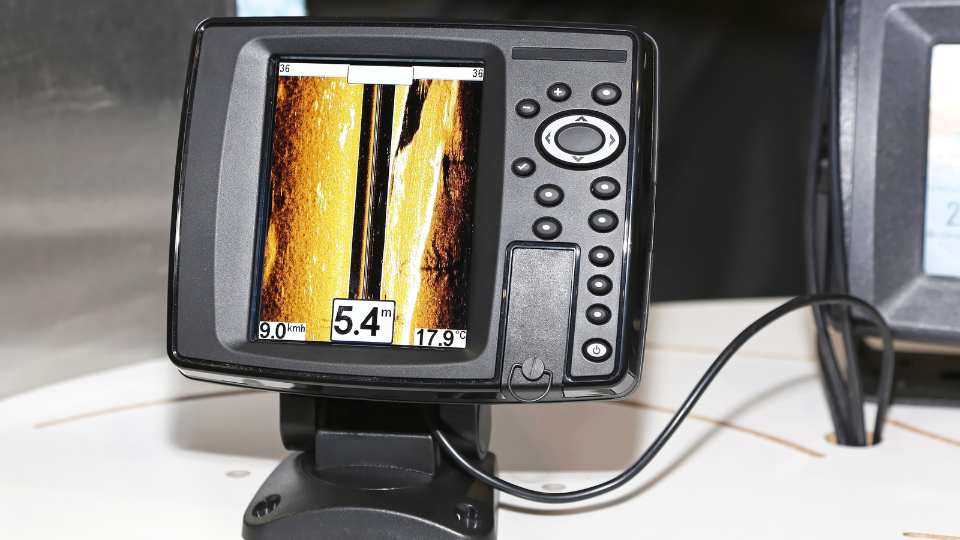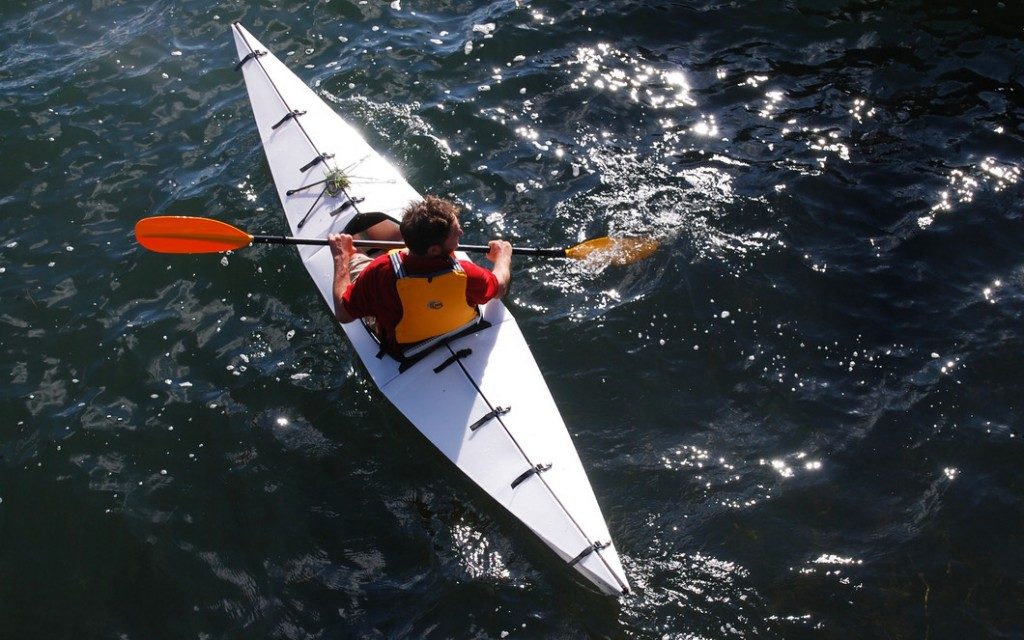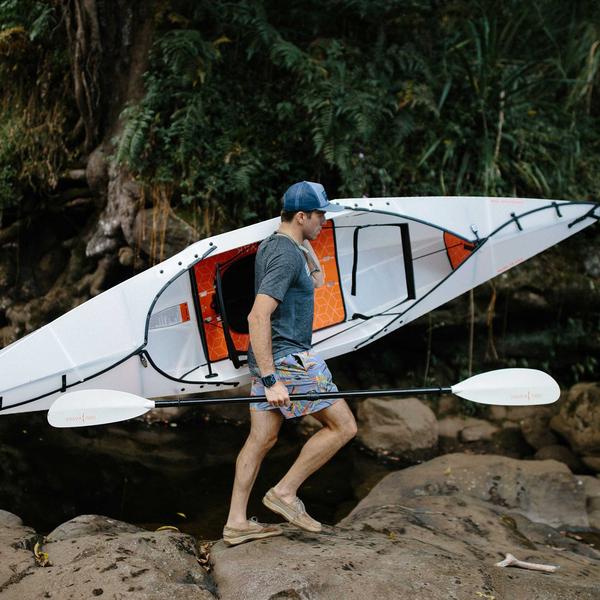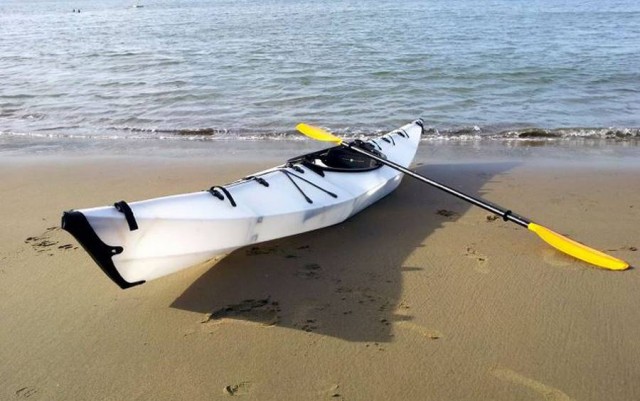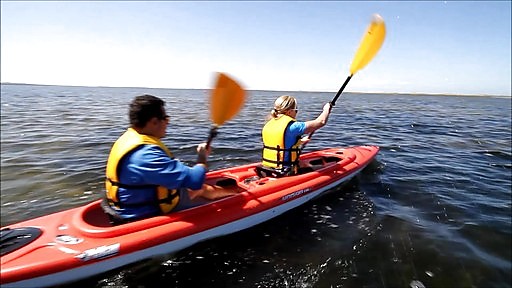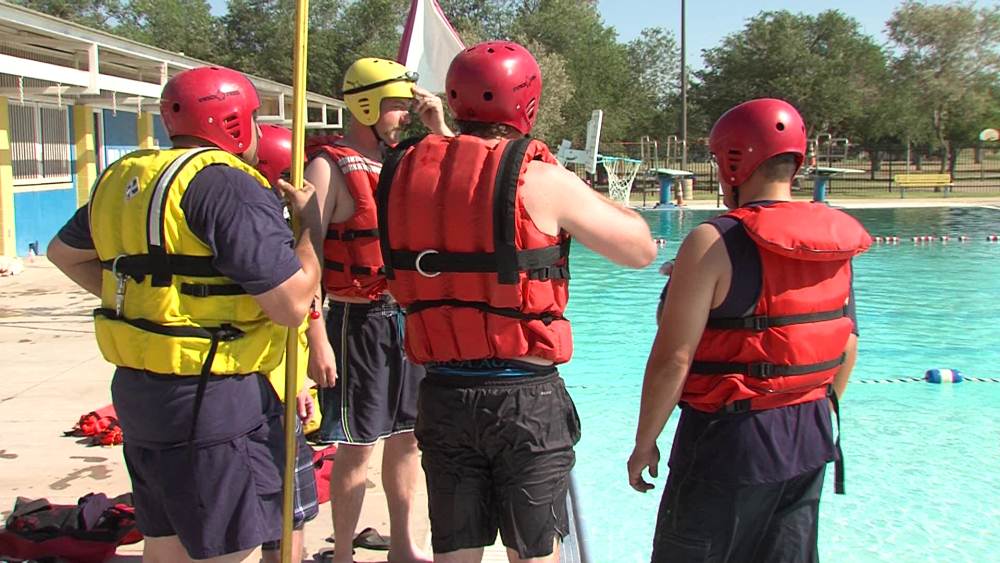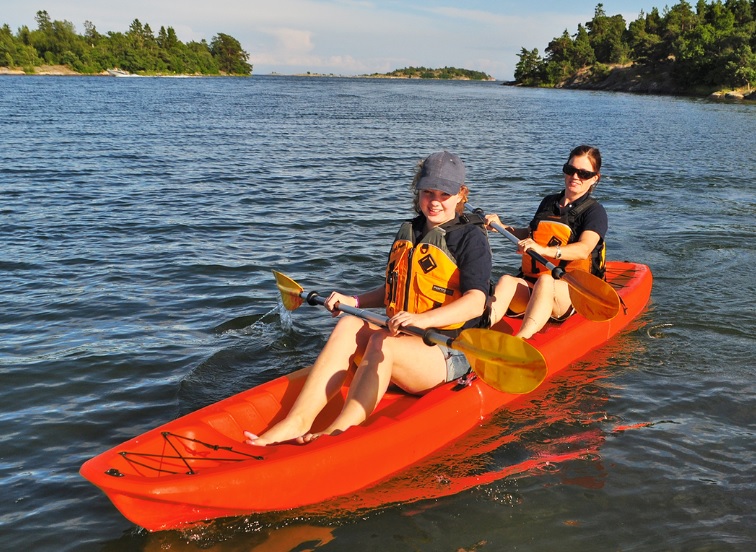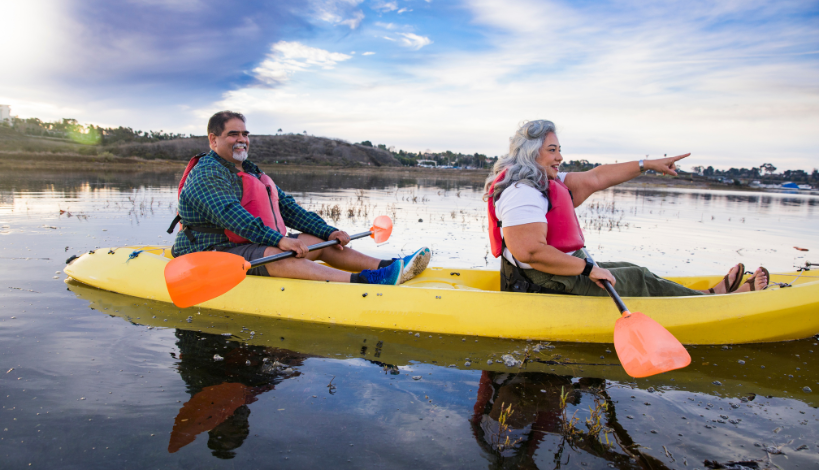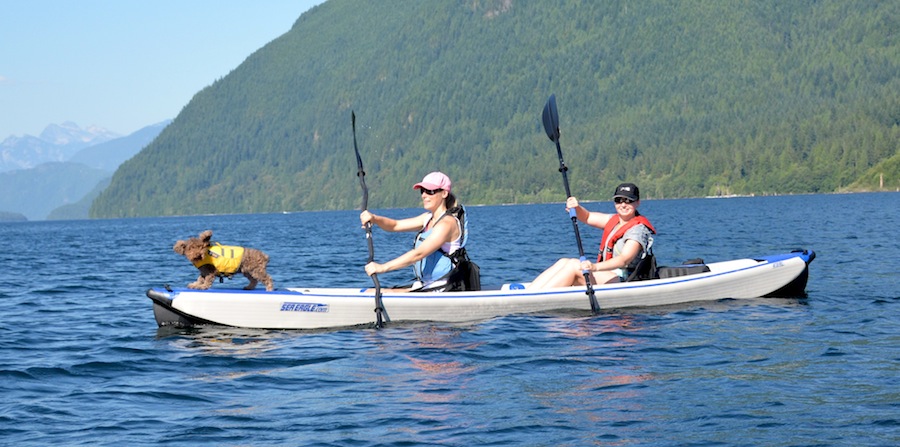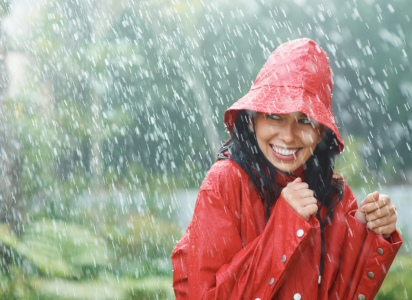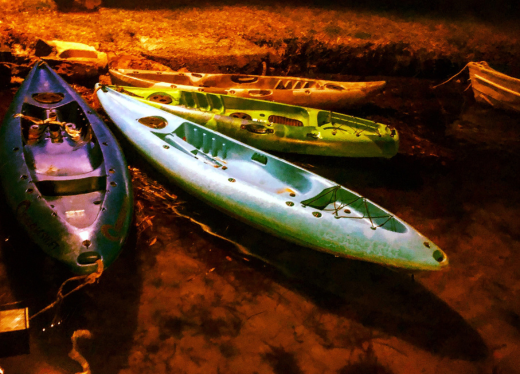Bungs is a funny term, isn’t it? If you’re wonder what bungs are and why kayaks have them, I can explain that to you.
And no, no matter how much the term reminds you of the Beavis and Buttheads bunghole jokes, this is an entirely different matter.
So, WTFudge Are Bungs?!
For those new to kayaking, the term “bung” might sound like a foreign word but it’s actually an important feature found on most kayaks.
A bung is a type of drain plug that’s designed to help you remove water from the kayak easily. It’s a God send!
Why Do Kayaks Have Bungs?
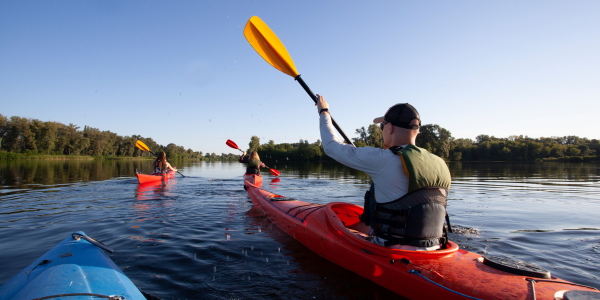
Some kayaks have small drain holes along the edges or the bottom, which can allow water to drain out gradually.
However, if you’ve capsized or taken on a significant amount of water, a bung can make all the difference in quickly removing the excess water. Removing the water helps to reduce the overall weight of the kayak and can make paddling much easier.
Think of it as a quick way to dump a crazy excess of water like in an emergency situation.
How Many Types of Bungs Are There?
There are several different types of bungs found on kayaks including threaded, pop-up, and twist and lock bungs.
#1. Threaded Bungs
Threaded bungs require you to screw them in manually and are typically found in kayaks that are designed primarily for touring purposes.
Threaded bungs are usually made from a strong, durable material such as metal or plastic that is resistant to corrosion. They’re also typically located near the stern of the kayak.
#2. Pop-up Bungs
Pop-up bungs are designed to pop open when pressure is applied from inside the kayak and can be closed manually once water has been released. They’re usually made from a flexible material such as rubber or plastic and are often located near the bow of the kayak.
Pop-up bungs are a great choice for recreational kayaks as they’re easy to use and require minimal effort from the paddler.
#3. Twist and Lock Bungs
Twist and lock bungs are designed to twist open when pressure is applied from inside the kayak, then twist back shut after the water has been released. They are usually made from a strong, durable material such as metal or plastic and can often be found near the stern of the kayak.
Twist and lock bungs offer more security than other types of bungs as they don’t require any manual effort to open or close them.
How Do You Maintain a Bung?
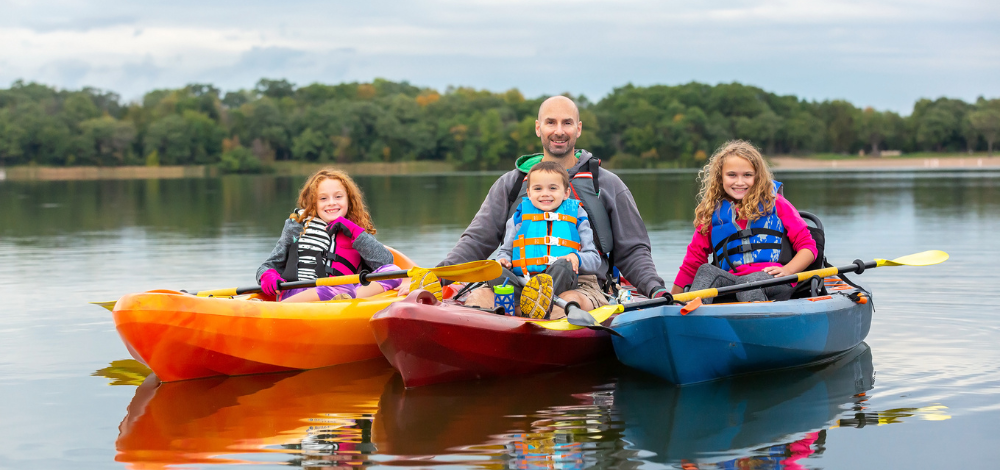
As with any gear, it’s essential to maintain your bungs properly to keep them working effectively.
Inspect your bungs regularly for any cracks or damage and replace them if necessary. If you’re planning on storing your kayak for an extended period, you’ll need to remove your bung and ensure that it’s fully dry before storing it away.
Salt buildup can also affect the performance of your bungs, so it’s a good idea to rinse your kayak down after every use.
What are the Benefits of Bungs?
Not only do bungs help remove water from your kayak quickly, but they can also provide ventilation and air circulation inside the kayak. This can help to prevent any mold or mildew buildup, which can be especially important if you’re storing your kayak in a damp environment.
Additionally, bungs can provide a handy access point for inspecting and cleaning your kayak’s interior.
What Do You Do If Your Bungs Isn’t Functioning Properly?
If you’re experiencing any issues with your bungs, it’s important to troubleshoot them before heading out on the water. If you’re finding that your bung isn’t draining effectively, try tilting your kayak in different directions to help the water flow towards the drain hole.
Lastly, you might need to clean any debris or buildup around your bung to ensure that it’s working correctly.
Are Bungs the Same as Scupper Plugs?
No, bungs and scupper plugs are not the same. Scupper plugs are designed to prevent water from entering your kayak while bungs are used to remove excess water that has already entered.
Can You Drown Without Bungs?

Yes, you can drown without bungs although it would take a significant amount of water entering the kayak for that to happen. It’s always important to ensure your bung is properly attached and functioning correctly before heading out on the water.
How Many Bungs Should Be On One Kayak?
The number of bungs on one kayak can vary depending on the design and size of your kayak. Generally, you’ll find two or three bungs attached to a recreational kayak, while touring or sea kayaks may have up to five.
Is It Dangerous to Seal a Bung?
Yes, it can be dangerous to seal a bung as this could result in a build up of pressure and air inside the kayak. Without an available outlet for air to escape, pressure will build up inside the hull which can cause it to crack or even burst. It’s always best practice to keep your bungs open when possible.
Conclusion
Bung plugs are a small but crucial part of any kayaker’s gear. They’re designed to remove water quickly, help with ventilation and air circulation, and provide access to the interior of your kayak. Make sure to familiarize yourself with how they work before going out for a long kayaking session.
Understanding how to maintain your bungs properly and troubleshoot any issues that arise can help to ensure that your kayak stays in excellent condition for years to come.

